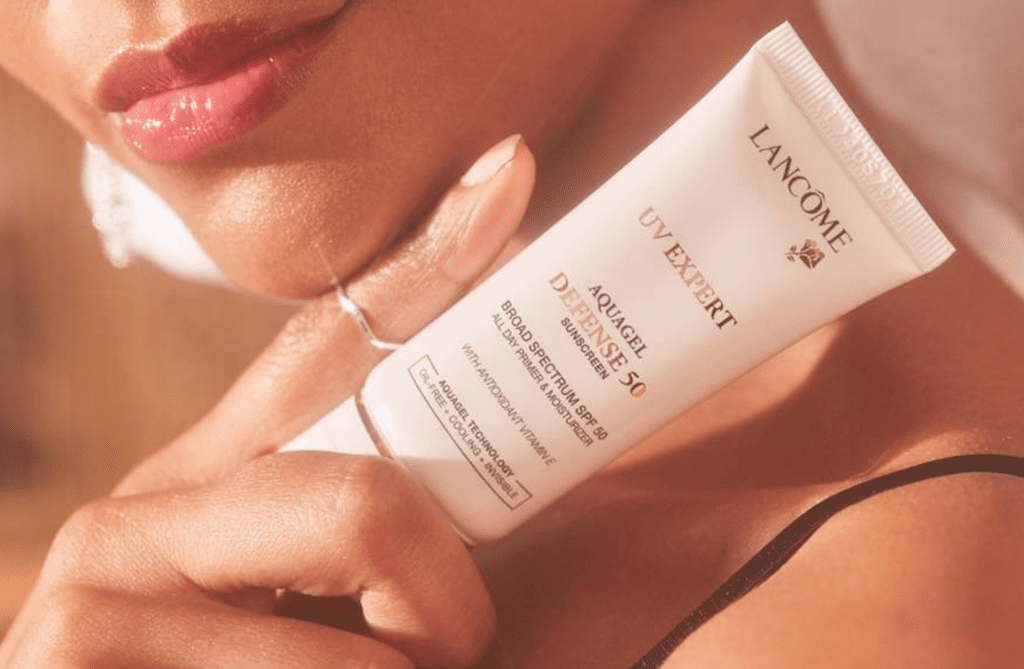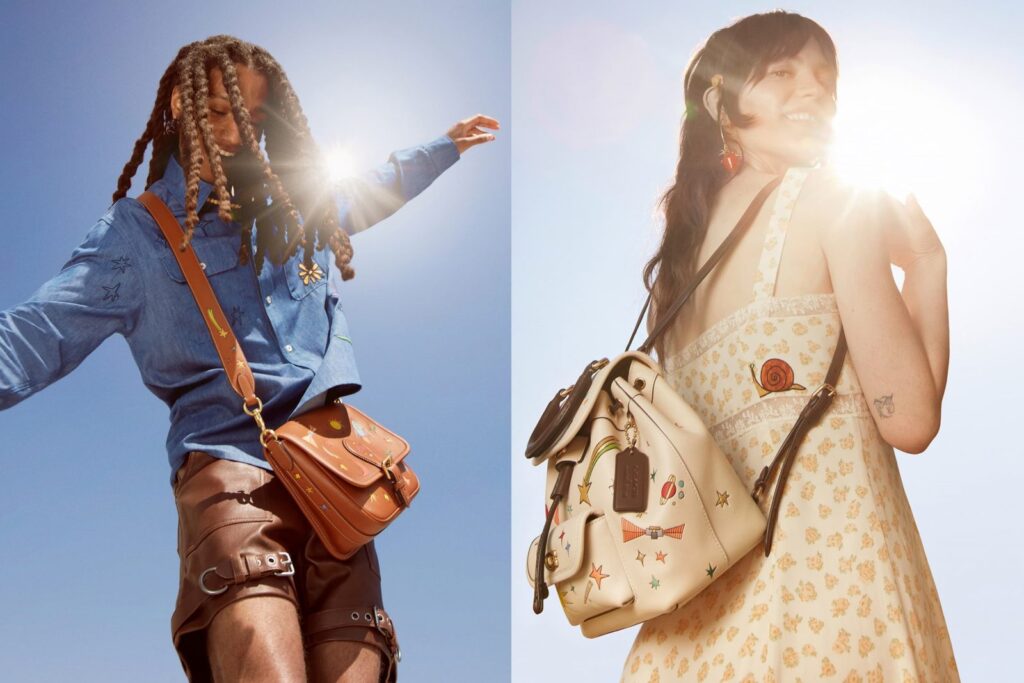Skincare.com is populated by everything a reader could possibly want to know about skincare – from the difference between UVA and UVB rays and how they affect skin to the dermatologist-approved nighttime skincare routine that “you need to try.” In conjunction with a sweeping array of editorial content, the website is jam-packed with recommendations about what products consumers should be using. The same is the case for similar sites, makeup.com and hair.com.
In addition to serving as helpful destinations for those interested in skincare, makeup, and haircare, respectively, the three websites have something else in common: they are all owned by L’Oréal. It is precisely the ownership and operation of the sites by the French personal care titan – whose roster of brands, which includes L’Oreal, Lancome, YSL beauty, Guy Laroche, Maybelline, CeraVe, and Skinceuticals, among many others, generates $33.57 billion in annual revenue – that piqued the interest of the National Advertising Division (“NAD”).
An investigative division of the Better Business Bureau, the NAD took issue with the fact that skincare.com, makeup.com and hair.com look a lot like regular publisher websites (i.e., those in the business of “providing general information on how to improve one’s hair, skin, and makeup application through various articles”), and thus, were not easily identifiable as websites operated by L’Oréal, and that primarily serve to advertise L’Oréal-owned brands and their products.
Against this background, the NAD sent a formal letter to L’Oréal this spring, asserting that the company had “failed to sufficiently disclose [its] connection with the websites in a clear and conspicuous manner [on the websites], in order to ensure that consumers … would reasonably understand that these are L’Oréal-sponsored websites and that articles featuring reviews of various products are advertisements for L’Oréal.”
While L’Oréal included disclosures on its sites, namely, “at the bottom of the webpages,” the NAD found that they did not meet the Federal Trade Commission (“FTC”)’s guidelines, as they were “too far from the website logos and content” for consumers to “easily understand whether the content they are viewing is an advertisement or editorial content,” as consumers “might weigh the recommendations differently if they were aware that the content was written by or on behalf of L’Oréal.”
The NAD revealed in a recent release that L’Oréal immediately responded to its inquiry and explained that “the full L’Oréal branding traditionally appeared at the top of each webpage, integrated with the website name and logo, but that during revisions of the websites, the full disclosure was inadvertently dropped on some pages.” In response to the NAD’s inquiry, L’Oréal has added “By L’Oréal” directly below the makeup.com and skincare.com logos on the respective websites, and “Powered by L’Oréal” directly below the hair.com main title, which the NAD has determined are likely “clear and conspicuous” enough to pass the FTC’s muster, and adequately inform consumers of L’Oréal’s ownership of the websites “such that they understand that the content of the websites may be advertising.”
Far from the only company to make use of editorial websites for the purpose of advertising, L’Oréal’s sites are similar to ones like Spotlyte, for instance, the “aesthetics, beauty and skincare”-centric website. Describing itself as “your new beauty authority, your skincare guru … [that is] obsessed with medical aesthetics,” Spotlyte looks like an average beauty website, complete with robust social media accounts, but in reality, the site is owned by Botox-maker Allergan. By way of the 2-year old site, which made headlines as a “first-in-category digital hub,” Allergan is something of a first-mover in the pharmaceutical space. At the same time, it part of a larger push by pharma companies to make their products (and the advertising of them) more accessible to digitally-connected consumers, whether that come in the form of editorialized sites or endorsements by influencers – including mega-stars like Kim Kardashian – that hawk their products.
Chances are, the stakes will be higher from an enforcement perspective for the likes of Allergan and co., than they are for L’Oréal, purely due to the nature of the products being promoted: skincare and makeup products are likely to be less of a priority for regulators – and self-regulators, like the NAD – than pharmaceuticals, whether they be Botox or morning sickness or psoriasis medications, the latter of which have been promoted on social media by influencers hired by the drug makers.
Nonetheless, the recent NAD action shows that even if skincare or haircare present a less pressing need of careful oversight than medical products, the relevant bodies are still paying attention and willing to take necessary action.











